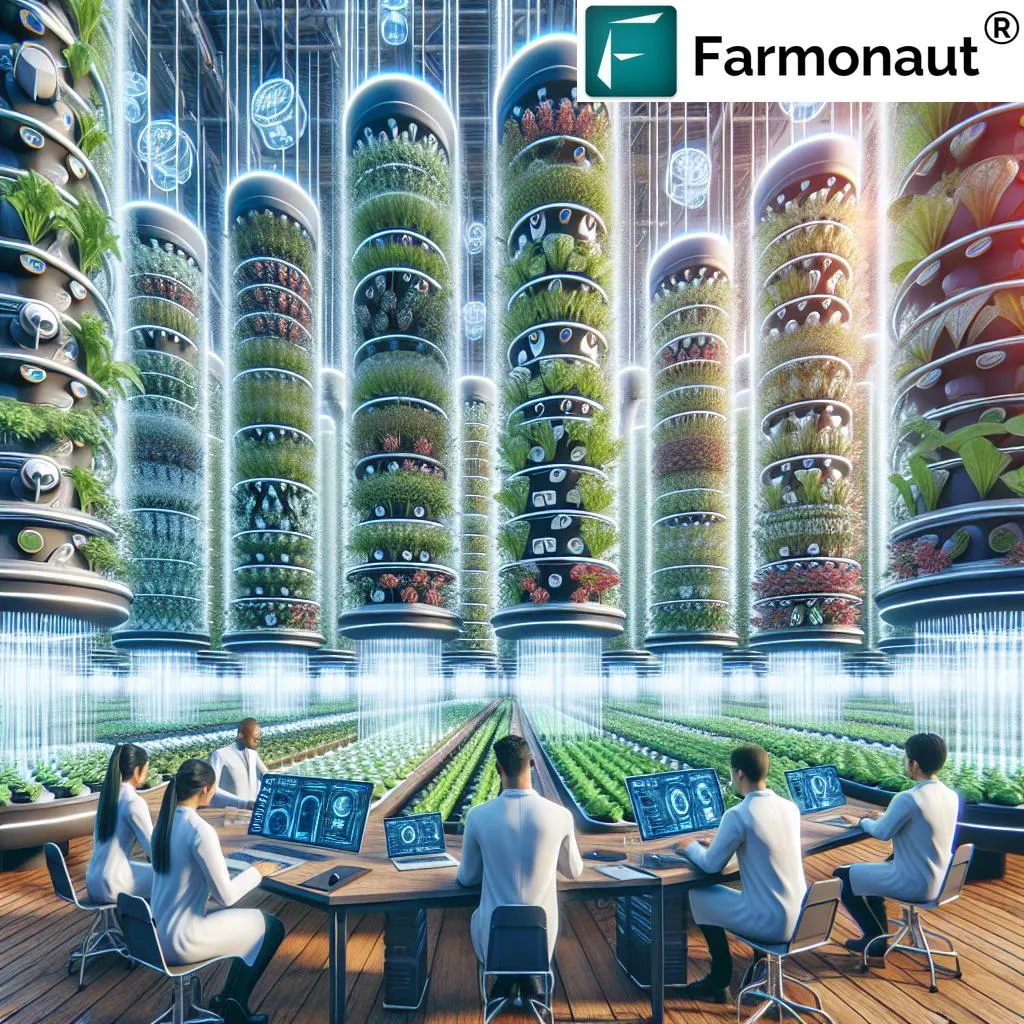In the heart of Yogyakarta, a silent revolution is taking root, one that promises to reshape the way we think about food production in our rapidly urbanizing world. As cities expand, agricultural spaces shrink, yet the demand for food continues to grow. Enter indoor farming technology, a data-driven solution that is bringing agriculture into the heart of big cities, combining sensor data, IoT, and artificial intelligence to create a sustainable food future.
Indoor farming, as reported by rtechnology, is an agricultural method carried out in controlled environments such as buildings, warehouses, or containers. When combined with AI and big data, this technology offers a plethora of benefits. A recent study from the University at Buffalo (2024) revealed that AI can reduce indoor farming energy consumption by 30% without compromising yields, a testament to the potential of this innovative approach.
The advantages of indoor farming technology in big cities are manifold. Vertical agricultural systems allow for high-intensity production in limited land, while hydroponic or aeroponic methods can save up to 90% of water compared to traditional agriculture. By locating production closer to consumers, food distribution becomes faster, fresher, and more environmentally friendly, significantly reducing the carbon footprint associated with food miles. Moreover, AI technology can regulate LED lighting and cooling systems to suppress electricity consumption without decreasing plant quality. Additionally, the controlled environment of indoor farming shields crops from extreme weather and urban air pollution.
However, the implementation of indoor farming in big cities is not without its challenges. Despite these hurdles, the long-term potential of this technology has sparked interest among startups and city governments alike, leading to increased investment in the system.
In Indonesia, several strategies can be employed to harness the power of indoor farming. By utilizing local market demand data, cities can determine the types of plants most needed, such as kale, lettuce, or pakcoy for urban restaurants. The roof spaces of buildings and industrial areas can be converted into smart vertical farms, transforming underutilized spaces into productive agricultural hubs. Collaboration between agritech startups, universities, and the government can help reduce initial investment costs and promote widespread adoption.
As we stand on the brink of this agricultural revolution, it is clear that indoor farming technology, powered by AI and big data, has the potential to reshape our food systems and create a more sustainable future for our rapidly urbanizing world. The journey is just beginning, and the possibilities are as vast as the cities we call home.

